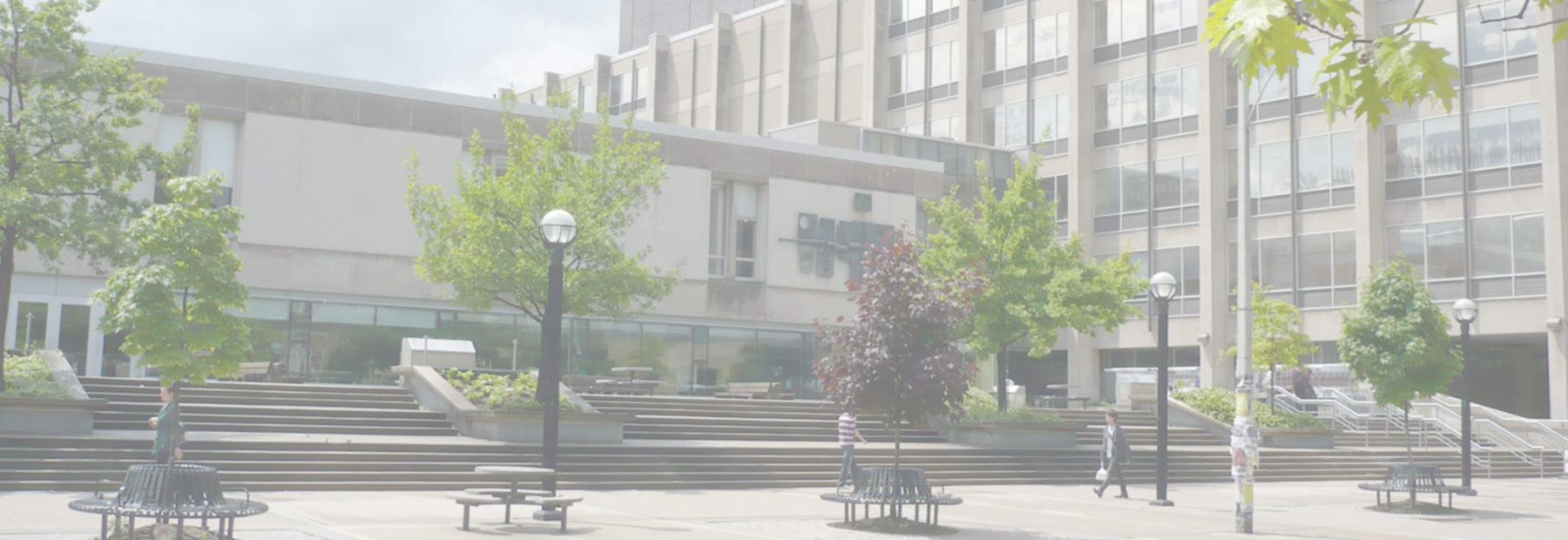“Don’t allow a diagnosis to guide your direction. Things change and nothing is perfect. But you have the power of turning sad news into a whole new universe of good things,” reads a body map exhibited earlier this spring at the Princess Margaret Cancer Centre.
"'Life outweighs risk': Maps of memory and resilience in women with cancer risk" spotlighted the stories of premenopausal women who chose to undergo preventative surgery, a bilateral salpingo-oophorectomy (BSO), to significantly decrease their risk of cancer.
Hosted by the Einstein Lab at the University of Toronto, the exhibition featured a series of evocative body maps—life-sized outlines of women’s own bodies used to tell the stories of selfhood and memory after BSO with paintings, illustrations, collage, poetry, prose, and more.

“With body mapping, we wanted to explore where on women’s bodies—and in their social worlds—their memory lives,” says Jana Galley, a PhD student in the Department of Psychology who co-developed the project and exhibition. “These body maps turned out to be a powerful way of making memory and these women’s unique yet shared experience visible.”
The body maps were each produced by a woman living with a genetic variant on the BReast CAncer genes (BRCA1/2) that, under certain conditions, increase one’s risk of cancer—particularly ovarian and breast cancer. BSO involves the complete removal of the ovaries and fallopian tubes, which results in infertility and the immediate onset of estradiol loss. After BSO, typical menopausal symptoms are common, but while less well-documented, some women also experience cognitive change and memory loss that affect their personal and professional lives, and their sense of self.
Galley led four in-person body mapping sessions at the University of Toronto with small groups of women who have undergone BSO alongside Denise Gastaldo, a social scientist who co-developed the body map storytelling methodology, artist Hemangi Shroff, health and aging researcher and associate professor Andrea Charise, and neuroscientist and professor Gillian Einstein. Galley guided participants through reflecting on and visually representing their experiences of memory and selfhood after BSO.

"I’m not an artist!” some women said at first. “I can’t draw!”
But once they put pen, paint, and glue to paper, the creativity flowed.
“It felt almost like a song, dynamic and unfolding,” Galley says. “There were moments of quiet sketching and writing, long silences, moments of laughter, shared stories, tears, and deeper discussion.”
“Many said it felt cathartic and wished for more opportunities to connect with other women who’ve gone through BSO for cancer prevention,” Galley says.
The project is designed to bring more attention to this population of women, their experiences, and the complex emotions that come with BSO. Galley hopes it will also ignite curiosity about the human experience as embodied, one in which our experiences and mental life are not detached and disconnected from us, but “here, now, on us, in us.”
“I hope lots of people ask themselves—where is my memory?” Galley says.
At the Princess Margaret Cancer Centre, the premier cancer hospital in Canada, the body maps were displayed on the 7th floor atrium, hanging from IV poles and held in place with large water bottles and tubs of moisturizer—items commonly at arms-length from women undergoing treatment at the hospital.

Doctors, nurses, patients and members of the public experienced the body maps alongside written reflections from the women who created them.
 One features a sun and umbrella above the body outline that represent the hot flashes the artist experiences. Swirls around their head point to the chaos they feel, and purple swatches on their chest, the numbness. Water, which keeps them calm, spans across the piece’s background. They have written, “I am Enough!” in the top left corner.
One features a sun and umbrella above the body outline that represent the hot flashes the artist experiences. Swirls around their head point to the chaos they feel, and purple swatches on their chest, the numbness. Water, which keeps them calm, spans across the piece’s background. They have written, “I am Enough!” in the top left corner.
“We felt the show would communicate a strong message to the doctors there as well as validate our participants’ experiences post-oophorectomy,” Galley says. “We wanted cancer specialists to know that memory as well as cancer is affected by their life-saving treatments.”
The exhibition is part of a larger study at the Einstein Lab investigating how the loss of estradiol, a naturally occurring estrogen hormone, affects cognitive function. It debuted at the Women, Sex, Gender, Dementia Consensus Meeting in Montreal, Quebec in last March. It honours the memory of art historian, curator, and Princess Margaret patient Jacqueline Ford, and the women who have had risk-reducing BSO.
The team plans on mounting the exhibition again at a later date, and making it accessible online.
The project is supported by the Wilfred and Joyce Posluns Chair in Women's Brain Health and Aging and the Jacqueline Ford Fund for Gender and Health.


